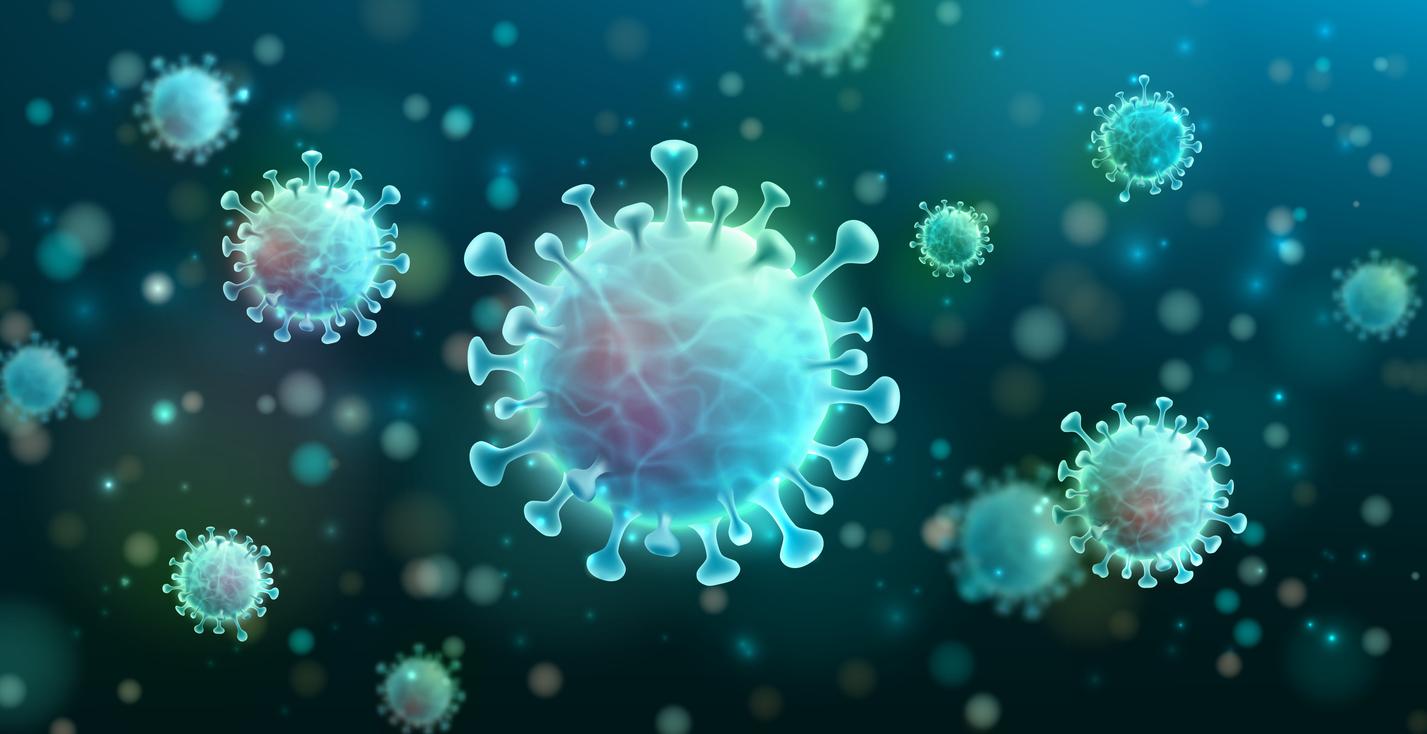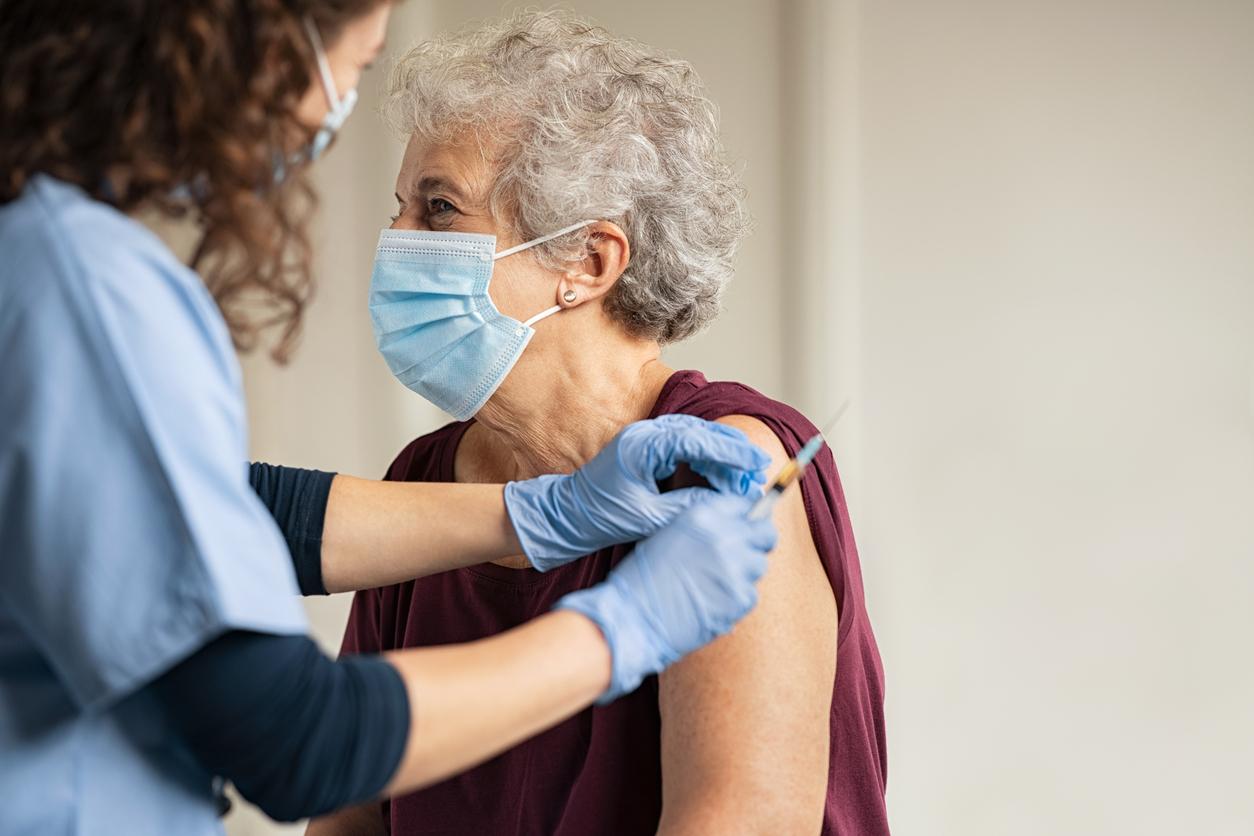In early August, a first case was detected in Guinea. This is the first time that this virus has appeared in West Africa. In 2005, it caused 227 deaths in Angola.

- Marburg virus disease is an often fatal disease in humans.
- The fatality rate varies between 24 and 88%, depending on the strain of the virus and the care of the patients.
- The last cases were identified in Uganda in 2017. The three infected people had died.
It’s a cousin of the Ebola virus, and it kills almost as many. The Marburg virus has a case fatality rate of around 50%. For the first time, a case has been detected in West Africa, more precisely in the prefecture of Guéckédou located in Guinea. The World Health Organization (WHO) announced this in a communicated published on August 9. The man, whose first symptoms appeared on July 25, died in early August.
A sudden illness
The Marburg virus, identified for the first time in 1967, causes severe hemorrhagic fevers. Initially, fruit bats transmit it to humans, then it spreads through the exchange of bodily fluids, or contact with infected surfaces. “The illness begins suddenly, with high fever, intense headaches and possible malaisesays the WHO. Case fatality rates have ranged from 24% to 88% in previous outbreaks, depending on virus strain and case management.“There is no dedicated treatment for this virus, nor a vaccine, but several treatment regimens have been proven. The WHO recommends early management of the disease with rehydration and treatment of symptoms.”Several treatments based on blood products, immune therapies and drug treatments are in development“, specifies the International Organization.
Previous cases
There have been previous outbreaks in Africa, but in other countries on the continent. The WHO cites South Africa, Angola, Kenya, Uganda and the Democratic Republic of Congo in particular. In 2005, the disease caused 329 deaths in Uganda, and 128 in the Democratic Republic of Congo between 1998 and 2000.
In Guinea, the fight is organized
The appearance of this virus is the subject of all vigilance in Guinea. “To prevent the spread of the Marburg virus from reaching a blistering pace, we must stop it now“, said Dr Matshidiso Moeti, Regional Director of the World Health Organization (WHO) for Africa. As soon as the virus was detected in the samples taken from the Guinean patient, the health authorities traced the different contact case to limit the spread of the disease. For the time being, no other case would have been detected. According to the WHO, the disease represents a threat “high“at national and regional level, and”weak” at the International scale. “While the disease is affecting the country for the first time, health authorities are already launching communication and community mobilization campaigns to raise public awareness and build support for interventions aimed at slowing widespread infection.“, specifies the International Organization. Guinea has recently been confronted with a more deadly virus: Ebola. Last June, the Minister of Health announced the official end of the second wave epidemic. Between 2013 and 2016, the disease linked to the Ebola virus has killed more than 2,500 people in the country.
.

















